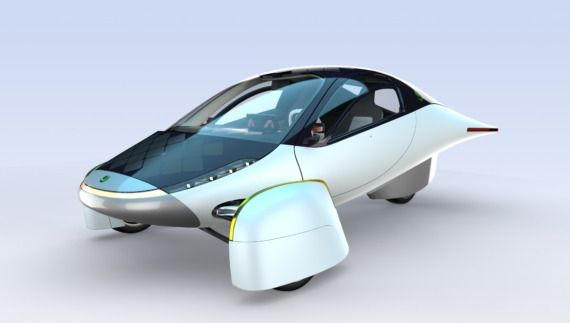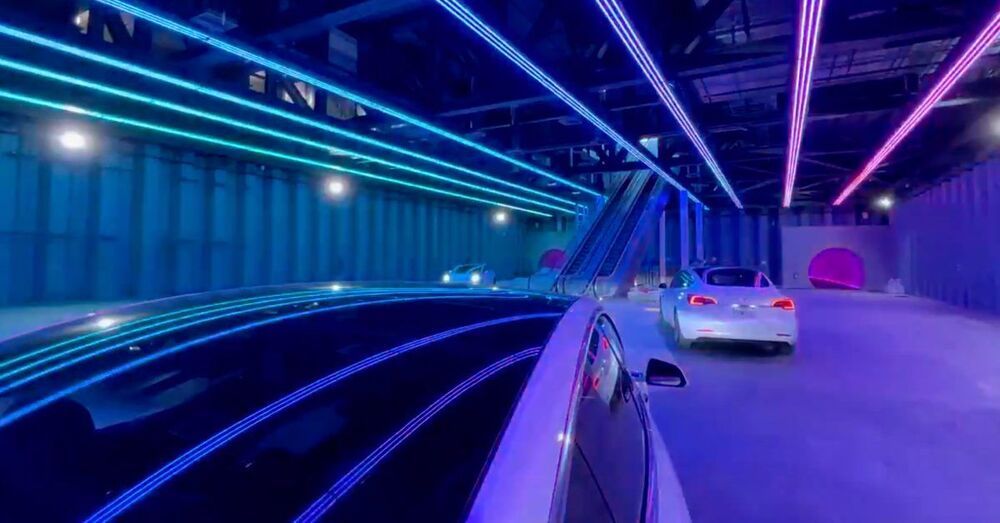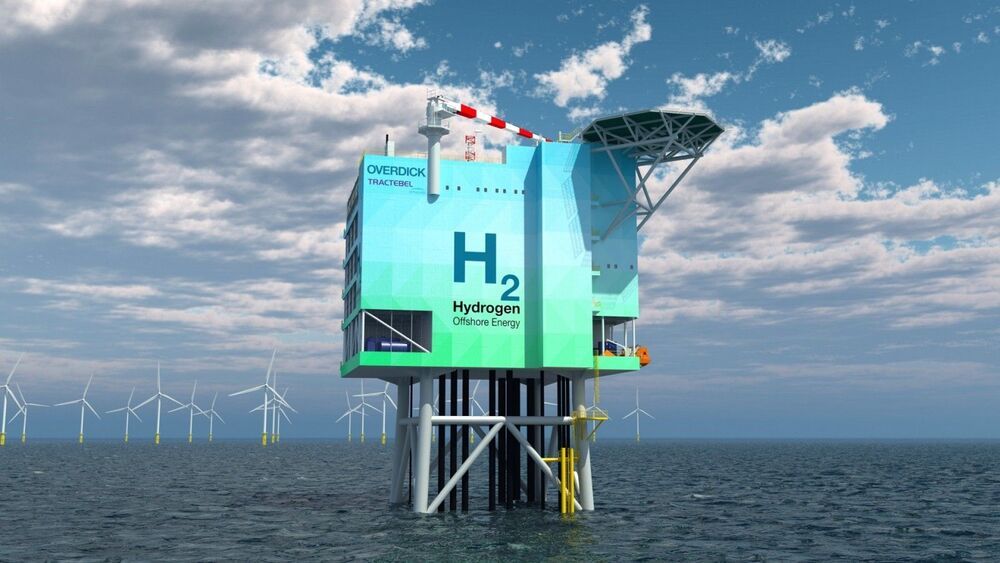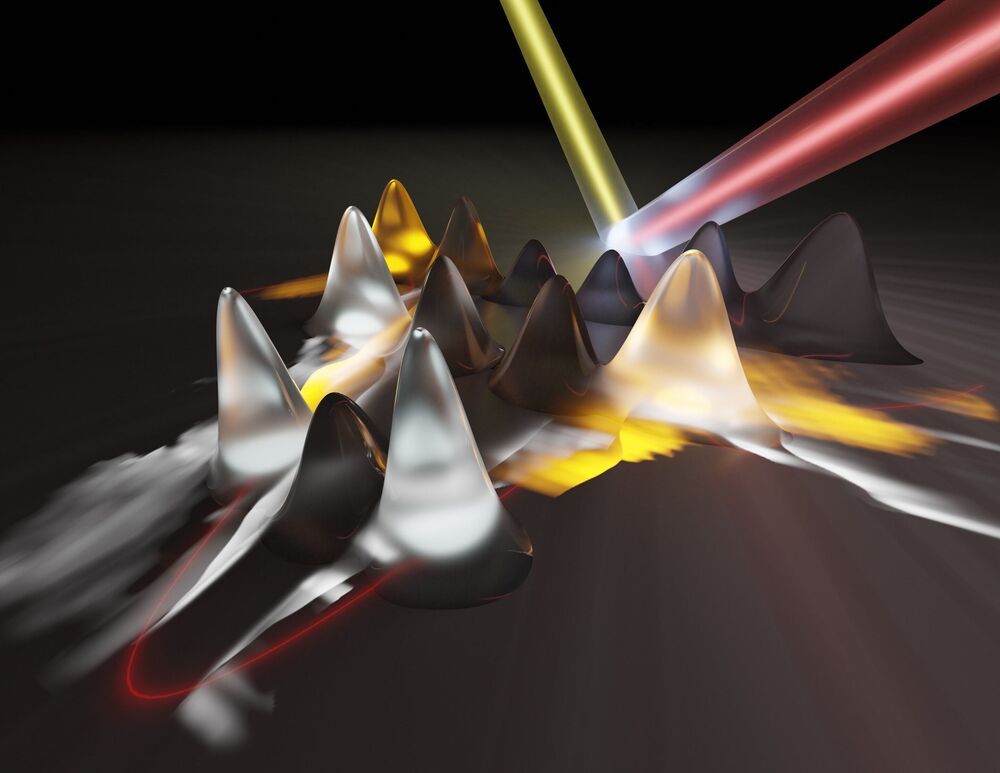For now, it looks like our best bet for going interstellar is to rely on robotic spacecraft that are optimized for speed.
For countless generations, the idea of traveling to an extrasolar planet has been the stuff of dreams. In the current era of renewed space exploration, interest in interstellar travel has understandably been rekindled. However, beyond the realm of science fiction, interstellar space travel remains a largely theoretical matter.
Between the sheer expense involved, the need for technological developments to happen first, and the nature of spacetime itself, sending people to another star system is something that is not likely to happen for a long time – if ever. But in spite of the challenges, the hope remains.
So will humanity ever go interstellar? Let’s break it down categorically and see how hard it might be. First up, there are the laws of physics, which aren’t too accomodating on this front.






